

Max Davies
How Audi, BMW, Honda, Mercedes-Benz, and Suzuki started out in Australia, and where they are now
15 Hours Ago
The Ford Puma backs its distinctive looks with a playful chassis, and a surprisingly spacious boot for a small SUV.
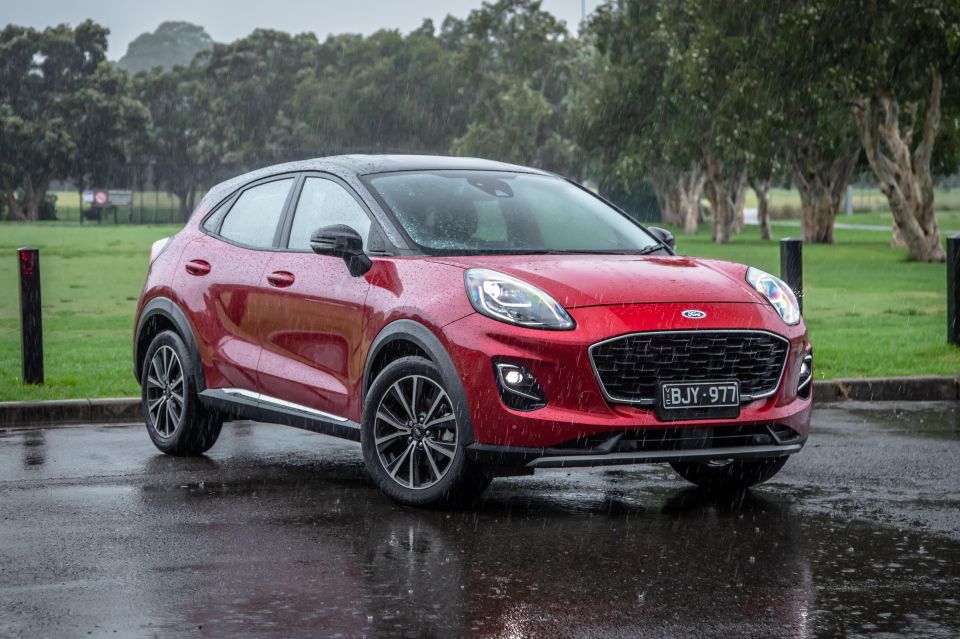


Quickly see how this car stacks up against its competition. Select any benchmark to see more details.
Where expert car reviews meet expert car buying – CarExpert gives you trusted advice, personalised service and real savings on your next new car.
Since the Puma arrived in 2019, the EcoSport, which was Ford’s last attempt at the small SUV space, has been left in the dust.
The funky Puma has taken the limelight, and gives us some faith that Ford can provide a decent small SUV.
Design-wise, the Puma really grabs attention with the bug-like headlights. Under the skin, it rides on a version of the Fiesta’s platform designed to make it handle in a way that puts the sport in SUV, and the cabin packs an up-to-date suite of technologies.
It certainly sounds good on paper. Does the base model, which has a starting price around the $30,000 mark, have what it takes to back up that promise?
On test we are in the entry-level 2022 Ford Puma FWD which is priced from $30,340 before on-road costs, which competes with the likes of Nissan Juke ST ($27,990) and Volkswagen T-Cross 85TSI Life ($29,850).
It’s slightly more expensive, although the Puma packs plenty of standard equipment at the bottom end of the range.
2022 Ford Puma pricing:
All prices exclude on-road costs

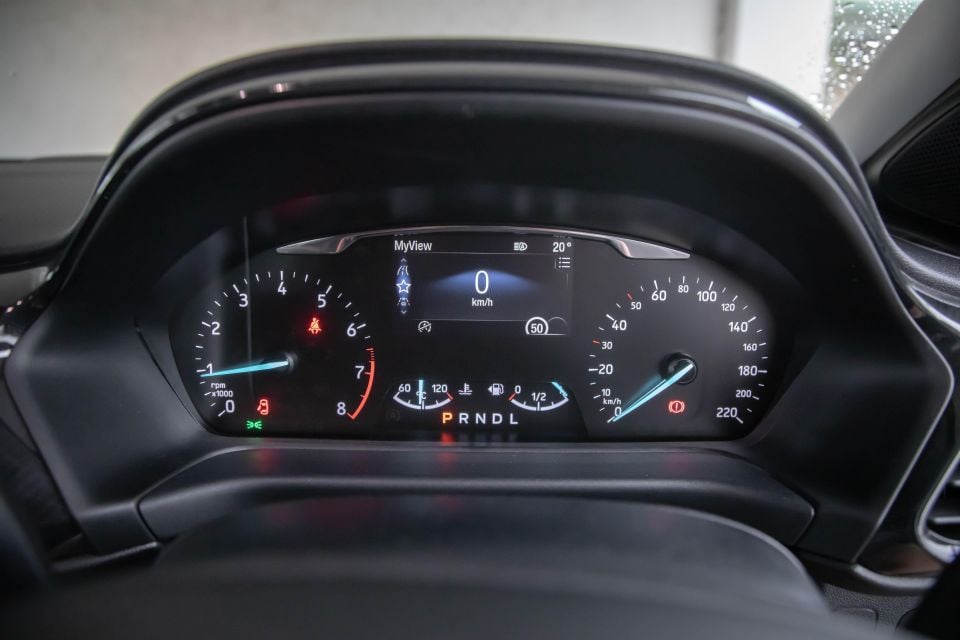
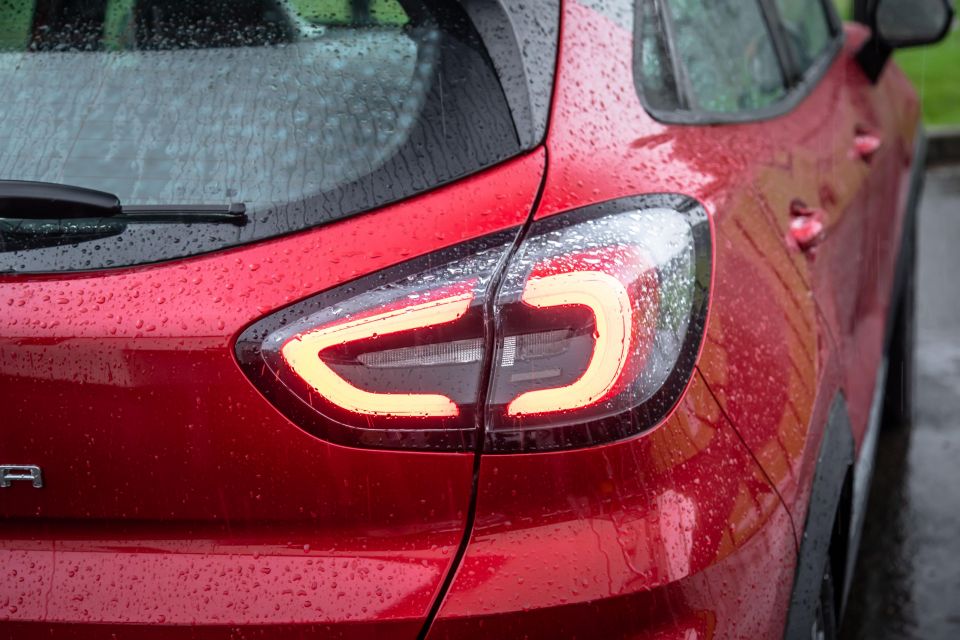
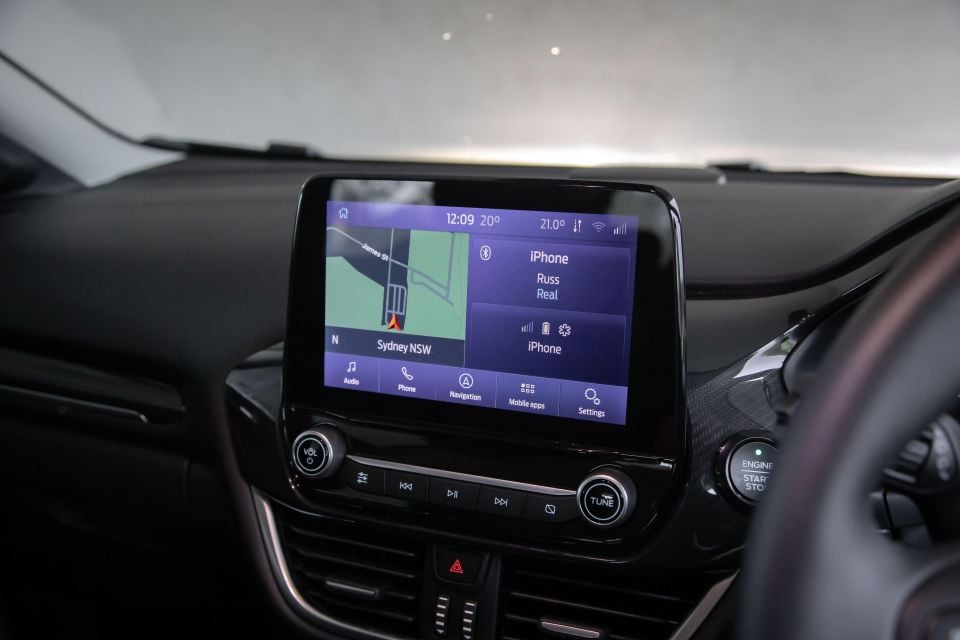
Buy your new car without the stress. It's fast, simple and completely free.

Great service from Travis and team, second time I have used this business would not hesitate to recommend them to anyone
Craig C.
Purchased a Ford Ranger in Sunshine Coast, QLD
CarExpert helped Craig save thousands on his Ford Ranger, now let us save you on your next new car.
Find a dealPuma FWD highlights:
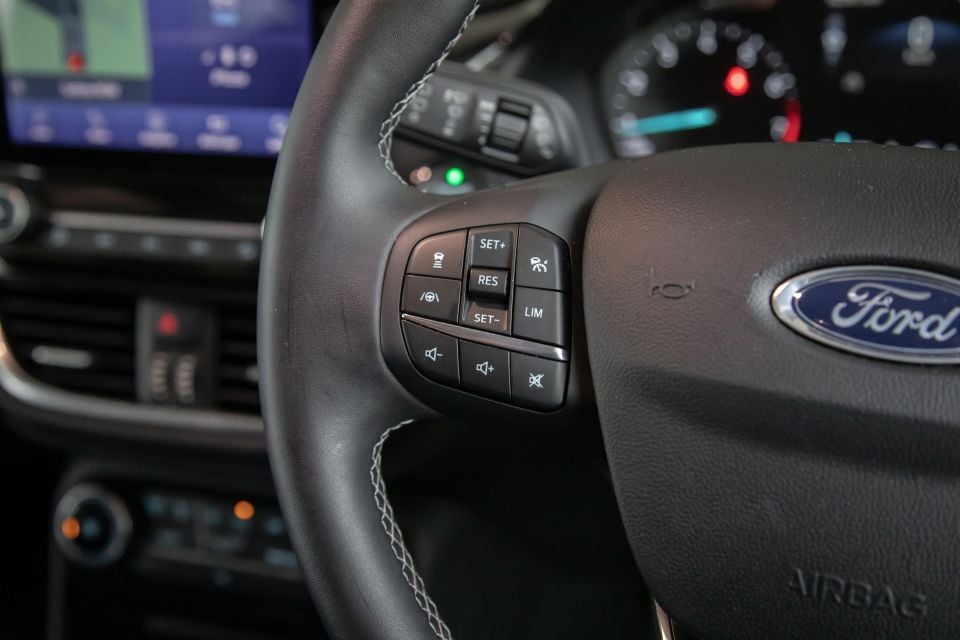
The two-tone paint finish of our tester was previously an option across the Puma range, but has been restricted to the range-topping ST-Line V for 2022.
The Park Pack is a $990 option across the range, and brings:

The Ford Puma wears a five-star ANCAP safety rating based on tests conducted by Euro NCAP done in 2019.
The car scored 94 per cent for adult occupant protection, 86 per cent for child occupant protection, 77 per cent for vulnerable road user protection and 74 percent for safety assist.
All models come standard with:
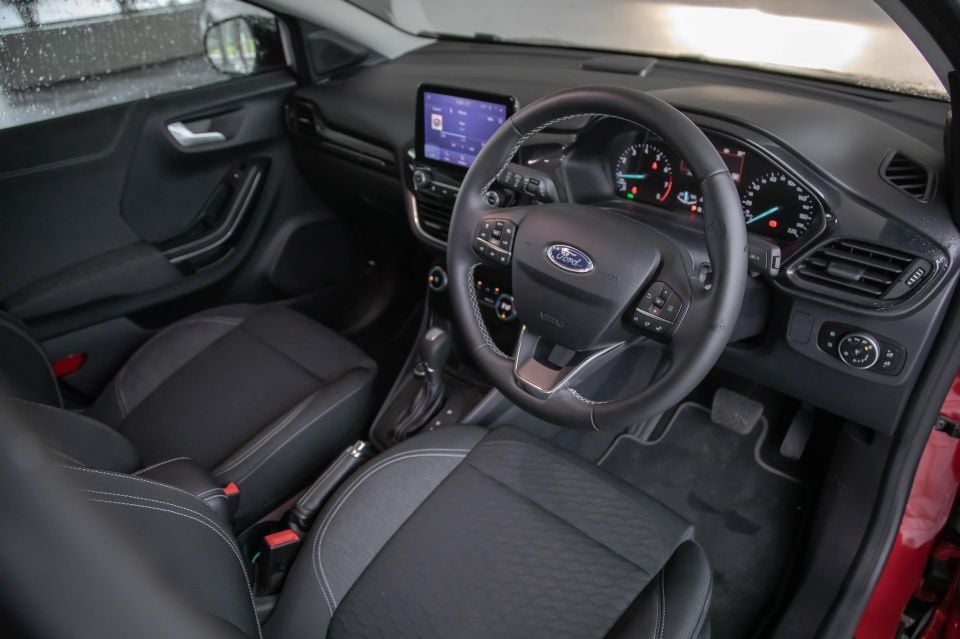
Initially jumping into the Puma, I felt high up and almost detached from the rest of the cabin. Almost reaching down for the cup holders was a different experience, but one I didn’t mind. There’s a level of power that comes with feeling like you are above the rest of the car.
The chubby steering wheel alone gives off Ranger vibes, even though it’s just the little member of the family.
The 8.0-inch screen infotainment system protrudes from the middle of the dash. The use of piano black around the buttons and dials blends it all in seamlessly.
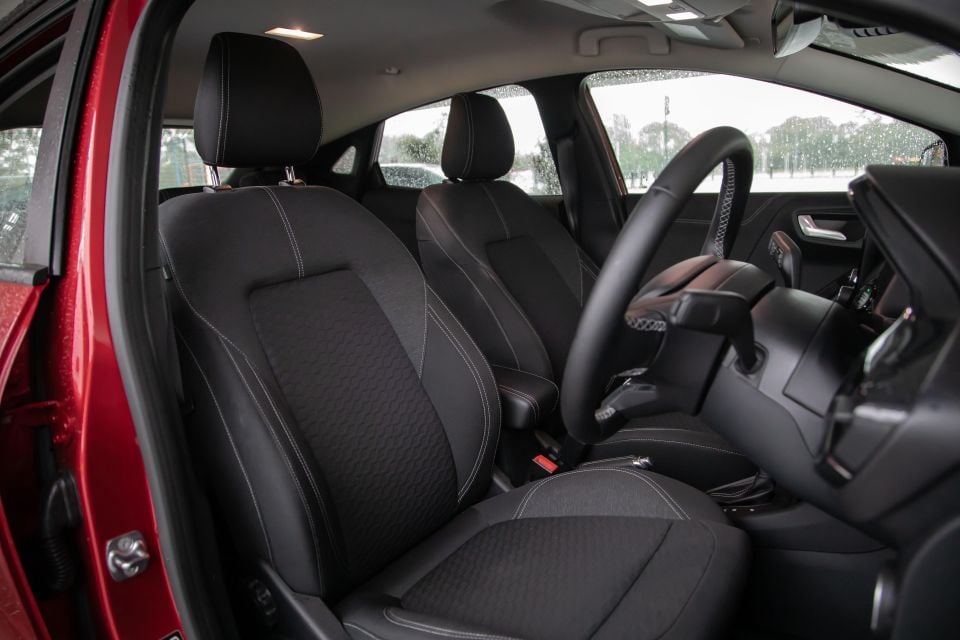

The unit works well, and fitted with satellite navigation as well as wired Apple CarPlay and Android Auto, all of which work great. The graphics on the car’s system are quite basic though, so CarPlay and Android Auto are worth using.
However, the software is simple to use and quick to respond. If you can look past the graphics, it’s still very usable.
The Puma’s sound system is worth mentioning, because the speakers were rather rattly. I messed with the bass and treble to see if I too could be an audio tech and fix them, but it seemed that the speakers just were not equipped for a party.
They were fine for low volume or for a cruise on a Sunday, but anything more dramatic made them feel underdone.
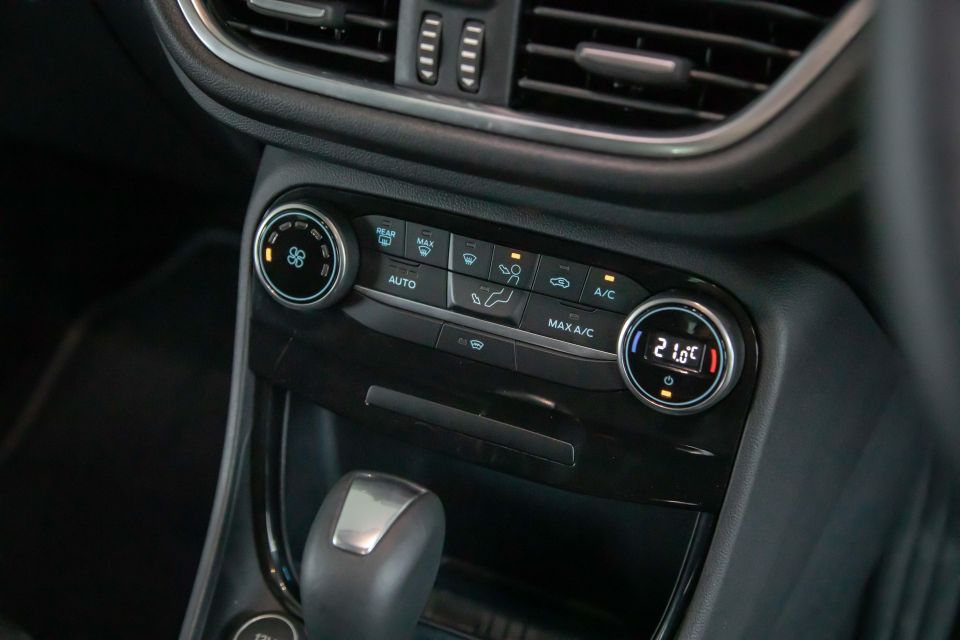
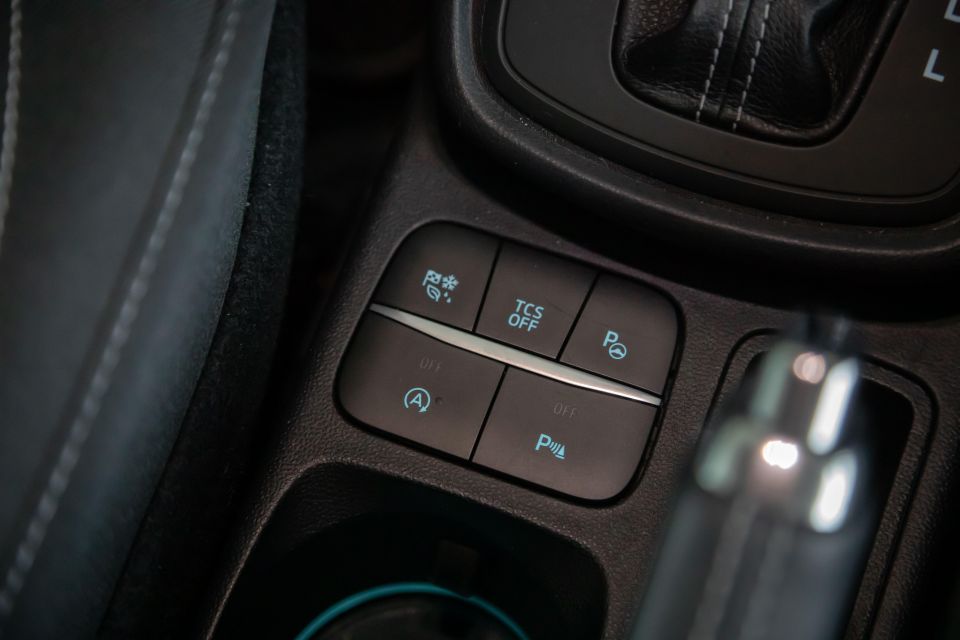
Under the infotainment screen are all the air-con dials, which are nice and modern-looking. Further down is a tray perfect for a phone. Next to the gear knob is a 12V power outlet, and then on the other side a USB port.
This area is completed with a more matte black plastic, as opposed to the piano black surround competitors use (major fingerprint magnet).
The space in the Puma was okay, but using the cupholders made getting around the handbrake rather difficult. It’s a small issue, but it’s something that comes up day-to-day.
However, a saving grace for the cupholder situation is the fact there were three cupholders, two standard size and then in between a small one which was perfect for a Red Bull. If you’re a caffeine addict, that’s very handy.


Behind the cupholders there is a small centre console with a little tray, the centre console is only big enough for your wallet and some coins and lip balm in the tray, however there is also a USB-C charging port in there also.
Overall the seats in the Puma are comfortable, with a quilted cloth pattern. They offer plenty of support on long drives and in the corners.
Materials used across the Puma are generally good. There’s soft-touch plastic on the dash, with a fake carbon-fibre behind a gloss finish around the infotainment unit, and a mixture of the plastic and a lighter grey cloth with white stitching on the door.
The door trim fabric isn’t overly soft. It’s almost scratchy, where maybe a leather look would have polished off the cabin much better.

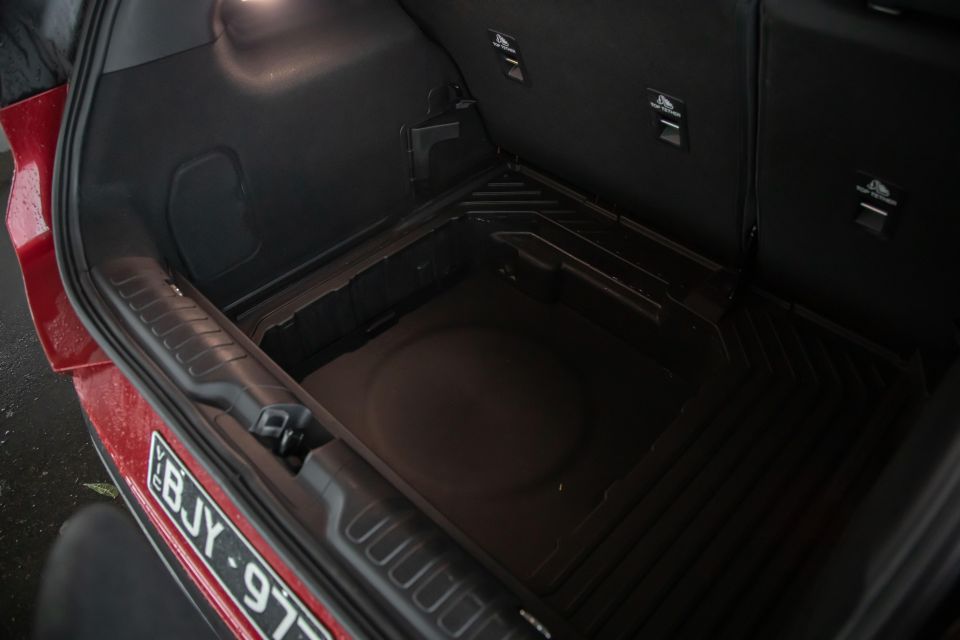
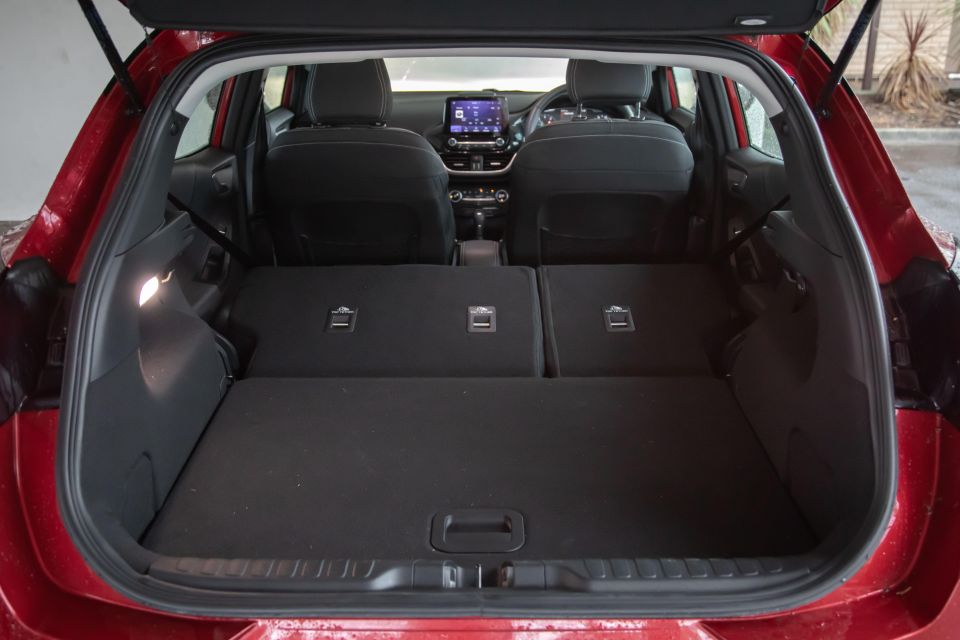
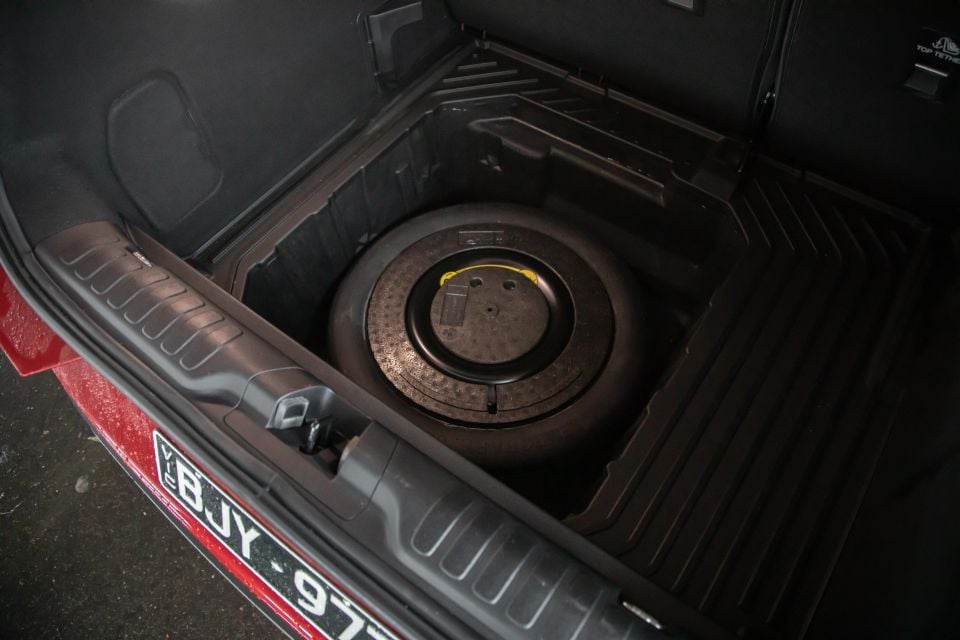
There is enough room for a baby seat or friends in the back, although the Puma isn’t one of the bigger cars in its class.
There’s sufficient headroom, but knee room is tight behind tall-ish adults and the rising belt line means it’s a bit claustrophobic back there.
There are no cupholders, air vents or USB outlets. None of those issues are exclusive to the Puma, but they do undermine the utility in SUV.
There’s a decent of 410L of boot capacity in what’s a deep, reasonably broad space expanding to 1170L with the rear seats folded. Folded flat, the luggage area comfortably fits a pram and some groceries.
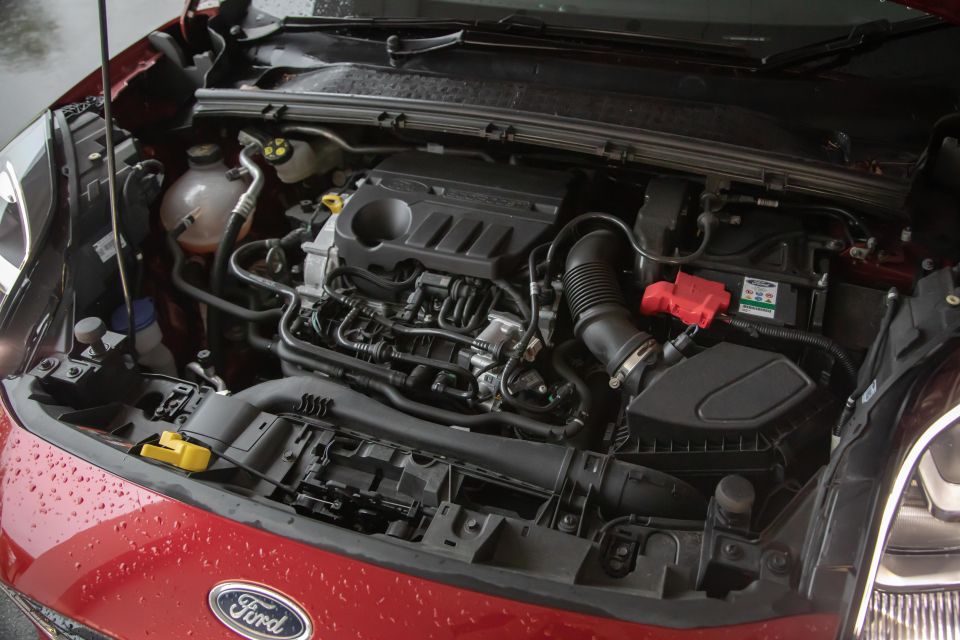
All versions of the Ford Puma sold in Australia are powered by a 1.0-litre turbocharged three-cylinder petrol engine which produces 92kW of power and 170Nm of torque.
The Puma’s engine includes fuel-saving cylinder deactivation, meaning it will shut off one cylinder under low engine load to save fuel.
Drive is sent to the front wheels via a seven-speed dual clutch automatic transmission. The use of a small turbocharged three-cylinder engine is quite common among light and small SUVs designed for the European market.

I feel the term SUV needs to be taken with a grain of salt here. The car looks like a small SUV, however it handles more like a sporty hatch. It loves corners and whipping around town.
That’s the complete opposite of what we would normally expect from an SUV.
The engine is punchy. It doesn’t take the win for its outright outputs in its segment, but it gives its rivals a run for its money. It has decent grunt despite the slight lag down low, and gives full confidence when you’re pulling out in traffic or climbing hills.
Being a dual-clutch automatic, shifts are fast when you’re on the move. There is no overwhelming holding or flaring of revs when you accelerate, which is fantastic and really leans into that sporty feel. Having the option to switch it into sports mode which gives a little more weight to the steering and holds gears that little bit longer.
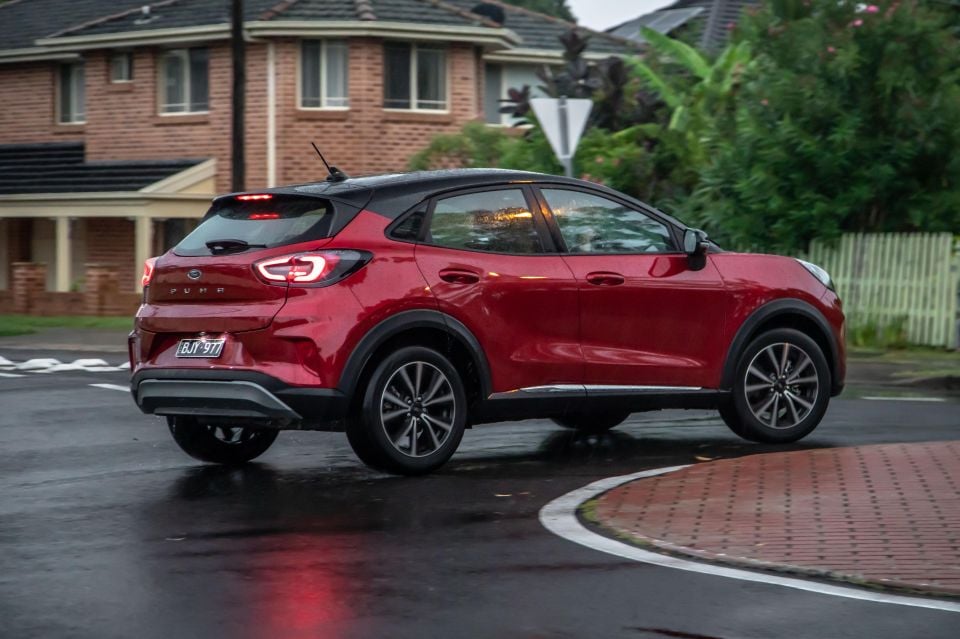
I did enjoy the paddle shifters. They gave me full control and showed the full potential of the sportiness of the Puma.
The chassis of the Puma is able to take more power, which has been proven with the Puma ST offered overseas. It’s a shame we don’t get it in Australia.
The drive in the Puma may lean more towards sporty hatch, but the suspension and ride quality is definitely leaning into SUV territory. It doesn’t transmit bumps and potholes in the cabin like you might expect of a sporty hatchback, instead floating over the worst Australian roads can throw at it.
Unlike the ST-Line and ST-Line V, the base Puma doesn’t have a sports suspension tune. That’s no bad thing.

Although it won’t go off-road, having some extra ground clearance and those chubby tyres also mean steep city kerbs and nasty driveways won’t make your life difficult.
For a small car, its freeway manners are also very good. Wind noise is limited relative to its rivals, although the little engine needs to work quite hard at 110km/h if you want to overtake.
Assistance features such as adaptive cruise control and lane-keep assist work very well together, and they make freeway driving that extra bit easier.
Though it’s front-wheel drive, Ford offers Slippery and Trail drive modes in addition to the standard Eco, Normal and Sport.
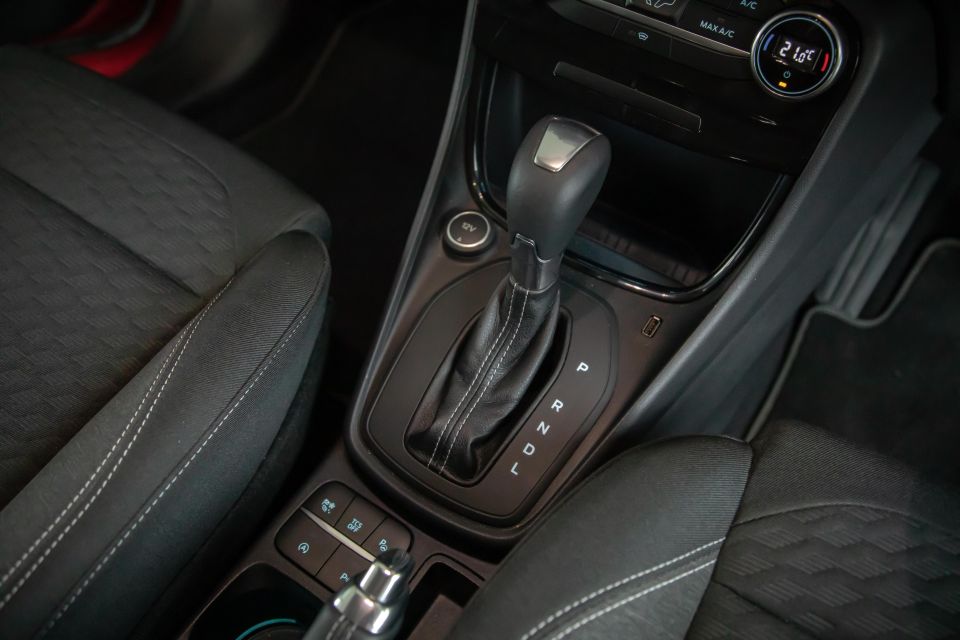
Where expert car reviews meet expert car buying – CarExpert gives you trusted advice, personalised service and real savings on your next new car.
The Ford Puma is covered by five-year, unlimited-kilometre warranty. For the first four years/60,000km, Ford offers capped-price servicing at $299 per visit.
Servicing is required every 12 months or 15,000km, whichever comes first.
The Puma has a 42L fuel tank and uses a claimed 5.3L/100km on combined cycle – in real-world testing we saw an indicated 5.6L/100km, which is quite impressive.

The Ford Puma is a car that doesn’t garner the same attention as some of its rivals.
I think the Puma needs some more time in the spotlight. It’s comfortable, punchy, and turns heads, all while having just enough room for a weekend away or the kid’s soccer games.
There’s plenty of fun on offer in the base model, too. If you’re looking at a small SUV, it’s worth taking the Puma for a test drive.
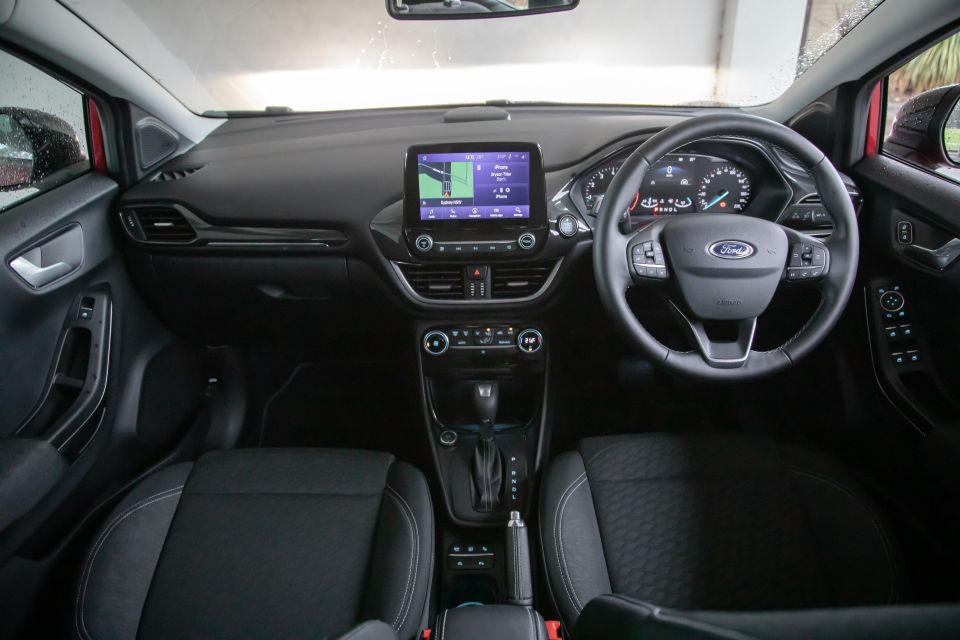
Click the images for the full gallery
MORE: Everything Ford Puma
Where expert car reviews meet expert car buying – CarExpert gives you trusted advice, personalised service and real savings on your next new car.


Max Davies
15 Hours Ago


William Stopford
15 Hours Ago


Derek Fung
15 Hours Ago


Max Davies
23 Hours Ago


William Stopford
2 Days Ago


Ben Zachariah
2 Days Ago